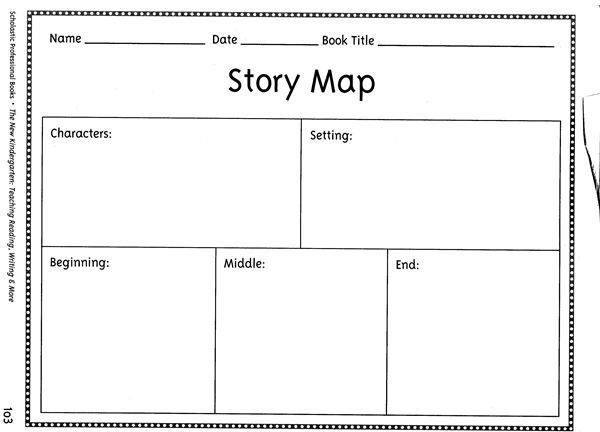
In 1972, the Sinhalese changed the country’s name from Ceylon and made Buddhism the nation’s primary religion.

In the years following independence, the Sinhalese, who resented British favoritism toward Tamils during the colonial period, disenfranchised Tamil migrant plantation workers from India and made Sinhala the official language. A 2001 government census (PDF) says Sri Lanka’s main ethnic populations are the Sinhalese (82 percent), Tamil (9.4 percent), and Sri Lanka Moor (7.9 percent). Sri Lanka has been mired in ethnic conflict since the country, formerly known as Ceylon, became independent from British rule in 1948. The civil war has killed nearly seventy thousand, and watchdog groups have accused both the LTTE and the Sri Lankan military of human rights violations, including abduction, extortion, and the use of child soldiers.

The European Union and Canada have joined the United States, India, and Australia in labeling the LTTE a terrorist organization, which has made it more difficult for the group to get financing from abroad. For a lasting peace, experts say the government will need to find a political solution to the ethnic conflict between the majority Sinhalese and the minority Tamils that has plagued the country since its independence. But the group may continue to launch guerilla-type attacks on the country.

Following a fierce, year-long military offensive, the Sri Lankan government claimed in May 2009 that it had defeated the separatist group ( NYT) and killed its leader Vellupillai Prabhakaran. More commonly known as the Tamil Tigers, the LTTE wants an independent state for the island’s Tamil minority. The conflict between the Sri Lankan government and the Liberation Tigers of Tamil Eelam (LTTE) has lasted nearly three decades and is one of the longest-running civil wars in Asia.


 0 kommentar(er)
0 kommentar(er)
